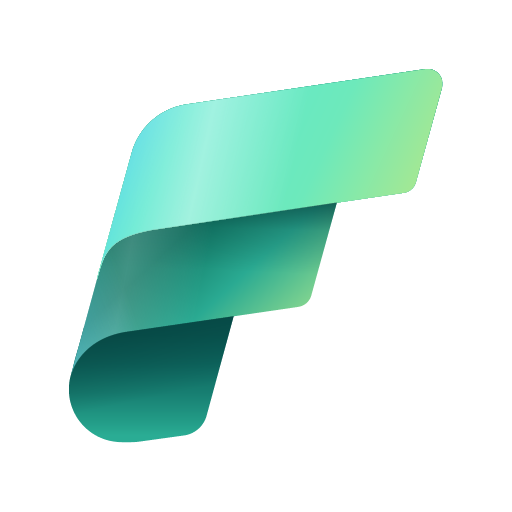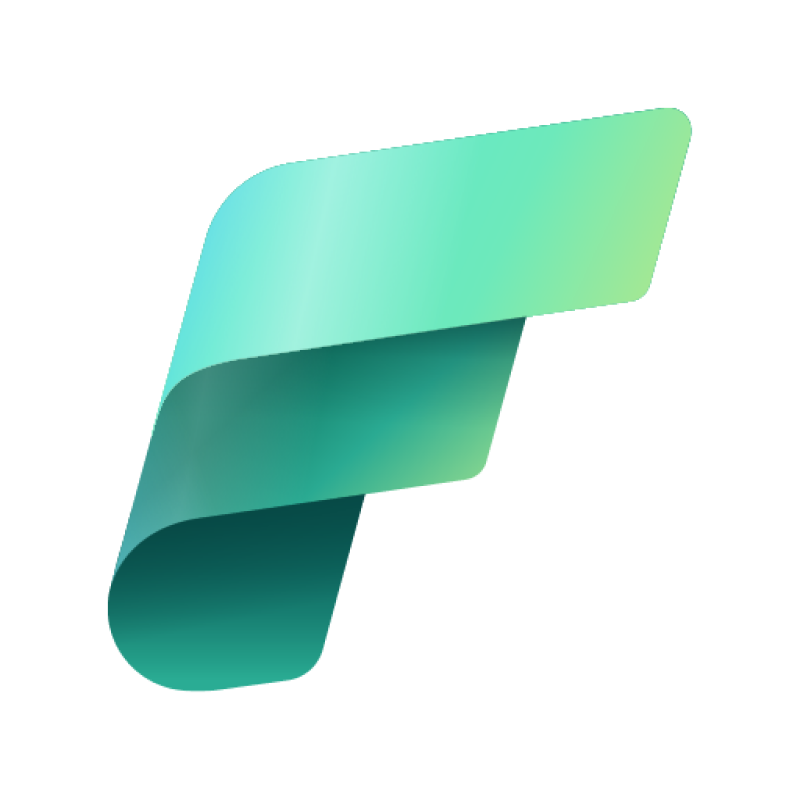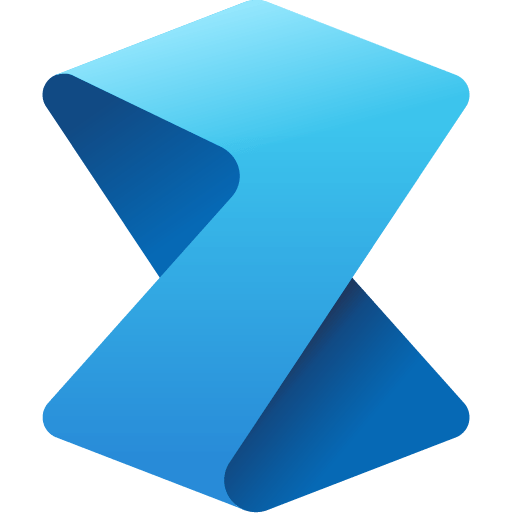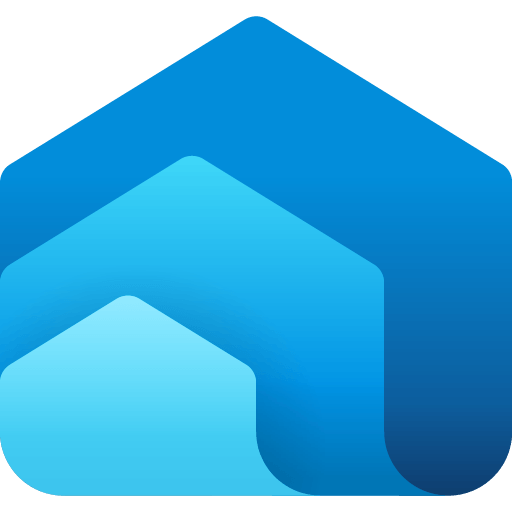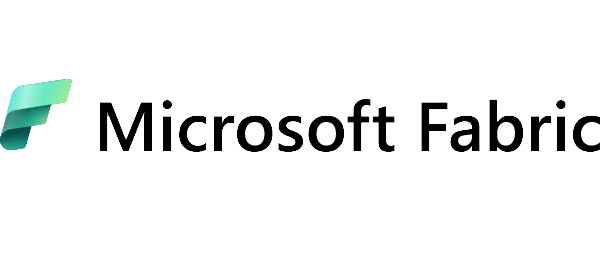Big Data analytics in Microsoft Fabric is a solution that helps organizations turn vast amounts of information into actionable business decisions.
Traditional reporting systems often struggle to keep up with the scale and complexity of data coming from multiple sources — ERP, CRM, or e-commerce systems. Microsoft Fabric eliminates these limitations by combining tools for data processing, modeling, and visualization within one unified environment. As a result, analytical, technical, and management teams can work with the same data in real time, without the need to switch between separate platforms.
Companies that invest in Big Data solutions gain a competitive advantage through:
- faster access to key information,
- higher data quality,
- the ability to forecast market trends,
- and optimization of operational and sales processes.
Microsoft Fabric is not just a technology — it’s a new approach to integrated Big Data analytics that supports modern, data-driven management.
What is Microsoft Fabric and how does it support Big Data analytics
Microsoft Fabric is an integrated data platform that brings together tools for data collection, processing, analysis, and visualization within a single environment. This allows companies to perform Big Data analytics in Microsoft Fabric without relying on multiple disconnected systems or complex integrations between different applications.
The key concept behind Fabric is a unified data environment, where all components seamlessly work together. At the heart of this ecosystem lies OneLake — a central data lake that acts as the single source of truth for the entire organization. Data from various systems — such as ERP, CRM, Excel spreadsheets, cloud services, or marketing applications — flows into OneLake, where it can be further processed and analyzed.
Importantly, Microsoft Fabric enables:
- real-time data processing, allowing companies to respond instantly to market changes,
- scalable Big Data analytics, adaptable to the organization’s needs — from small teams to large enterprises,
- secure data management, supported by built-in access control and GDPR compliance mechanisms.
In practice, this means that regardless of the data source, its format becomes unified and ready for analysis — without the need for manual integration or costly IT infrastructure maintenance.
Microsoft Fabric tools used in Big Data analytics
To ensure comprehensive and effective Big Data analytics in Microsoft Fabric, the platform combines a set of specialized tools that together form a unified data ecosystem. Each component has a specific role in the process — from data acquisition to visualization and reporting.
Data Factory – ETL process automation and data integration
This tool is used to build data pipelines that automate the extraction, transformation, and loading (ETL/ELT) of data. This ensures that data from multiple sources flows into OneLake in an organized manner, ready for analysis.
Data Engineering – processing large datasets
In the Data Engineering module, users work with massive volumes of data using Apache Spark. The notebooks available in this environment allow developers and analysts to create advanced scripts to transform data, preparing it for further analysis.
Data Science – prediction and machine learning models
This workspace is designed for data analysts and AI specialists. It enables the creation of machine learning models that predict customer behavior, analyze market trends, and support strategic business decisions.
Data Warehouse – structuring data and preparing it for reporting
In the data warehouse, information is organized and structured for quick use in reports and business analyses. Thanks to integration with other Fabric components, the data warehouse operates automatically and scales according to business needs.
Power BI – visualization and presentation of Big Data analytics results
The final step in the analytics process is data presentation. Power BI, as part of Microsoft Fabric, enables the creation of interactive dashboards that display analytics results in an accessible format. Business users can explore data in real time, analyze trends, and make fact-based decisions.
How Big Data analytics in Microsoft Fabric works – step by step
To fully leverage Big Data analytics in Microsoft Fabric, it is essential to understand how data is handled on the platform. The entire cycle — from data collection to visualization — takes place in a single, unified environment, significantly simplifying data management and shortening the time from raw data to actionable business insights.
Step 1: Data collection and integration from multiple sources in OneLake
The process begins with gathering data from various systems — including ERP, CRM, accounting systems, e-commerce platforms, and Excel spreadsheets. All information is stored in OneLake, which serves as the central data repository. This ensures a single source of truth, enabling teams to work on the same, always up-to-date data.
Step 2: Data processing and cleaning with Data Factory and Spark
Next, the data is cleaned and prepared. Data Factory automates data pipelines and removes errors or duplicates. For large datasets, Apache Spark enables rapid processing of billions of records. This ensures that the data is not only clean but also ready for further analysis.
Step 3: Data analysis in Data Engineering or Data Science
At this stage, data is analyzed using Data Engineering or Data Science tools:
- Technical teams use programming languages (e.g., Python, SQL, Spark) to analyze trends and segment data.
- Data analysts and machine learning specialists create predictive models to forecast sales, demand, or customer churn risk.
This approach allows Big Data analytics in Microsoft Fabric to provide not only retrospective insights but also predictive business intelligence.
Step 4: Creating data models and visualizations in Power BI
Once the data is prepared, it is visualized using Power BI. Users can analyze the data, compare results across periods, and uncover previously hidden patterns — all within a visually consistent environment.
Step 5: Sharing results and making data-driven decisions
The final step is distributing analytics results across the organization. Reports can be shared via Microsoft Teams, Power BI Service, or other business applications. This gives managers and decision-makers real-time access to data, enabling a truly data-driven organization where decisions are based on facts rather than intuition.
Why companies choose Microsoft Fabric for Big Data analytics
Implementing Big Data analytics in Microsoft Fabric is an investment that delivers tangible business benefits. Companies choose this platform not only for its functionality but also for its consistency, security, and flexibility.
- A single environment for all teams – Microsoft Fabric integrates the work of data engineers, analysts, and managers in one tool. It eliminates the need for multiple platforms and enables real-time collaboration.
- Fast implementation and easy integration – Fabric works seamlessly with existing Microsoft solutions such as Azure, Power BI, Excel, and Teams, making adoption smooth for organizations already using the Microsoft ecosystem.
- Security and regulatory compliance – The platform includes access management, audit logs, permission controls, and GDPR compliance as standard features.
- Scalability and flexibility – Microsoft Fabric supports local, cloud, or hybrid data, scaling compute power according to the organization’s needs.
- Lower infrastructure costs – Thanks to the SaaS model and centralized data management, companies can reduce IT expenses without sacrificing performance or security.
As a result, Microsoft Fabric becomes not just an analytics tool but a foundation for a modern data strategy in enterprises.
Examples of Big Data analytics use cases in Microsoft Fabric
Microsoft Fabric is applicable across multiple business areas, regardless of industry or company size. By integrating tools like OneLake, Data Factory, and Power BI, organizations can effectively leverage Big Data analytics in daily operations.
Real-time sales data analysis
Retail companies can combine data from POS systems, e-commerce platforms, and CRM into OneLake. Data is then processed in real time, enabling monitoring of sales, reacting to drops in demand, and quickly adjusting strategy.
Monitoring marketing campaign performance
Marketing teams can analyze data from multiple channels — such as Google Ads, Meta Ads, or email newsletters — in a single Power BI dashboard. This allows ongoing tracking of conversion rates and campaign costs, and optimizing actions based on data rather than intuition.
Demand forecasting and inventory management
Analytical tools in Microsoft Fabric enable building predictive models to forecast product demand. This helps companies manage inventory more efficiently, reduce costs, and avoid stock shortages.
Operational process optimization
Operations teams can analyze production or logistics performance in real time. This makes it easier to identify bottlenecks, optimize schedules, and improve overall organizational efficiency.
Using Microsoft Fabric for Big Data analytics not only helps understand data but, most importantly, transforms insights into actionable business decisions that generate real savings and efficiency gains.
Conclusion
Microsoft Fabric is a comprehensive environment that integrates all stages of data analysis — from collection and processing to modeling and visualization in Power BI. This gives companies full control over their data and enables fact-based decision-making.
With the ability to work with large datasets in the cloud, strong security measures, and integration with Microsoft tools, Fabric becomes a key component of a modern data strategy. It simplifies data management and actively supports business growth.
Ready to unlock the power of Big Data analytics in your company?
Contact us to see how Microsoft Fabric can streamline your processes and help you make data-driven decisions.
